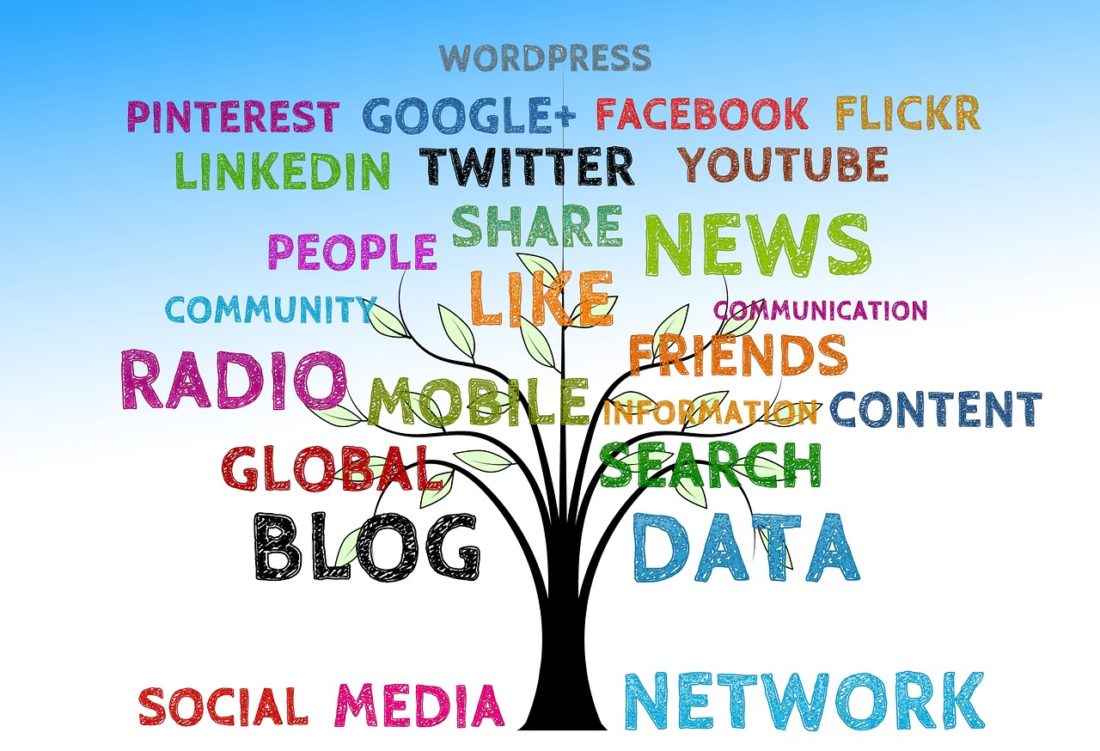According to the Pew Research Center, most Americans own a cell phone. What does that mean for digital marketers? Plenty. It means consumers are on the go. It means we’re connected. And, to the dismay of well-paid creatives, it means we are all content creators. Marketers are wise to find ways to harness all of those cell phones by asking their owners to create content that promotes their brand.
Consumers are used to seeing content that is created by fellow consumers — and they are used to trusting it, too. In fact, according to Reevoo, 61% of people are more likely to engage with an ad if it contains user generated content (UGC). And a Stackla survey shows 79% of people say UGC media highly impacts their purchasing decisions.
First, the Who
Anyone with a cell phone or other digital device can create content that marketers can use. If you’re not already curating user generated content, picture the “need states” of people or personas on the various stages of your buyer’s journey. Journeys vary by industry and product offering, but here are some stages to consider when thinking about curating content from users.
Awareness. These folks haven’t expressed interest, but are subconsciously receptive to your brand. Maybe your creator can do some convincing.
Interest. Prospects are interested in finding a solution to a pain point or need they noticed in the Awareness phase.
Consideration/Searching. These shoppers are aware of the needs and issues surrounding a product, but may need new triggers to consider your brand over others.
Buying. Bingo! After the purchase is made, new buyers can become ambassadors.
Sharing. This is the jackpot phase, because these are buyers who want to influence others.
Repeating. When a consumer makes an additional purchase, it’s a good time to ask for content, if you haven’t already.
You can convert customers into content creators for any one of these phases; all they need is a reason and an opinion. One good place to start? Be a brand worth touting.
Now, the What
Any piece of content that you and your crew curate, or that a user shares organically, is user generated content. Creators share content that can range from showing the product or service in use to grateful testimonials and praise, tough questions, brand challenges, honest reviews and the like. Some examples of UGC media are:
- Text descriptions, tips, recommendations, thank-yous or anything conveyed with words
- Photos showing your brand in context of a situation it improves or solves
- Video using or unboxing a product or depicting the result of product use
- Audio with creators talking, singing or reciting something
- Animation or gifs that illustrate a feeling about your brand or its effect on their day
- Memes that use humor to convey an idea, theory or conclusion
- Images such as sketches, doodles, drawings, cartoons or even fine art
It may be easiest on contributors to select a single format for each effort. Pick one that makes sense for your brand, like photos for a travel brand or video for a fitness brand.
Where and When to Capture and Use UGC Media
While we work our way to strategy, let’s explore where you can capture and share user generated content.
Social media platforms. Facebook and Messenger, Twitter, Instagram, Pinterest, LinkedIn, and tumblr are the usual suspects. But consider using WhatsApp, a messaging platform, or TikTok, a short-form video app gaining momentum, or even Medium, a publishing platform. Consider Quora, which connects people who want expert advice. Reddit is another place you can share and curate, and founders recently announced users can create and follow specific profiles, too.
Virtual events. Facebook Live, hosted summits, seminars, webinars and Twitter chats are natural places to curate and create marketing content. Livestreaming events and product launches for free is another great way to garner interest and curate content. You can repurpose these events to create on-demand content, too.
Owned spaces. Your website, blog site, YouTube channel, and even your office or storefront are perfect places to invite and feature user generated content. Create a forum for peer help, a section for FAQs, or content for eBooks using tools that aggregate content, such as Flockler.
Analog events. Given our dubious dedication to digital, hosting and attending conferences, trade shows, charity fundraisers, and other events may border on nostalgic. But because humans still crave connection, events are great places to collect testimonials, questions for FAQs, new product input, and other custom content in a variety of media.
How Does UGC Make an Impact?
Good content makes consumers feel something, but great content makes consumers do something.
How do content lovers get there? By curating and posting content that is:
- Relevant. Is the content pertinent, and does it reach consumers at the right time of day and the right stage of their buyer journey?
- Authentic. Does the content seem true, real and genuine? Doubt can create brand apathy.
- Good quality. Does the content convey its ideas clearly and quickly? Is it on message?
- Selfless. Is the content less about the creator and more about the brand and its consumer?
- Relatable. Does the consumer see him- or herself in the content posted? Does it feel attainable?
- Recent. Content needs to convey a sense of “right here, right now” or even “what’s next.”
- Useful. This may be the most important quality of UGC media in this list. Content can be entertaining or inspiring, but if it’s not useful to consumers, it probably won’t work.
- Clarity. A clear call to action, via a #hashtag or other means, makes it clear what you want the user to do. Capitalize each word in your hashtag so your hashtag is accessible to consumers using screen readers. #ILoveGoodContent
Give Creators a “Why” with Good Strategy and Something for Their Trouble
To develop a good marketing strategy, determine what you want to accomplish. Do you want brand awareness? Product feedback? Are you launching a new service or promotion?
Next, think about asking users for something specific. That way, you get content you ask for rather than taking what you can get. Maybe you want a review, a rating, a question you can answer, a product hack, or a testimonial. Home in on content that helps those using or considering your product. Be specific about content asks, too. Define what you want, the #CTA, and any deadlines or rules. And always ask permission to share content in terms and conditions.
If you can work in a reward for creators, or run a contest that rewards the winner, even better. Special mentions, previews, free gifts and discounts work well.
Finally, the Yardstick
Measure the impact of your efforts by taking a baseline of where your metrics are now. Then whether it’s views, shares, retweets, likes, comments, hashtags, @mentions, or engagement rates, you can report your findings and apply learnings to the next effort.
The Shorty Awards honor the most creative uses of UGC media. Take a look at last year’s winners and nominees and see if your campaign can measure up next year.
#BestOfLuckToAll
Tell us how user generated content plays into your overall marketing strategy in the comments section below.





Join the conversation